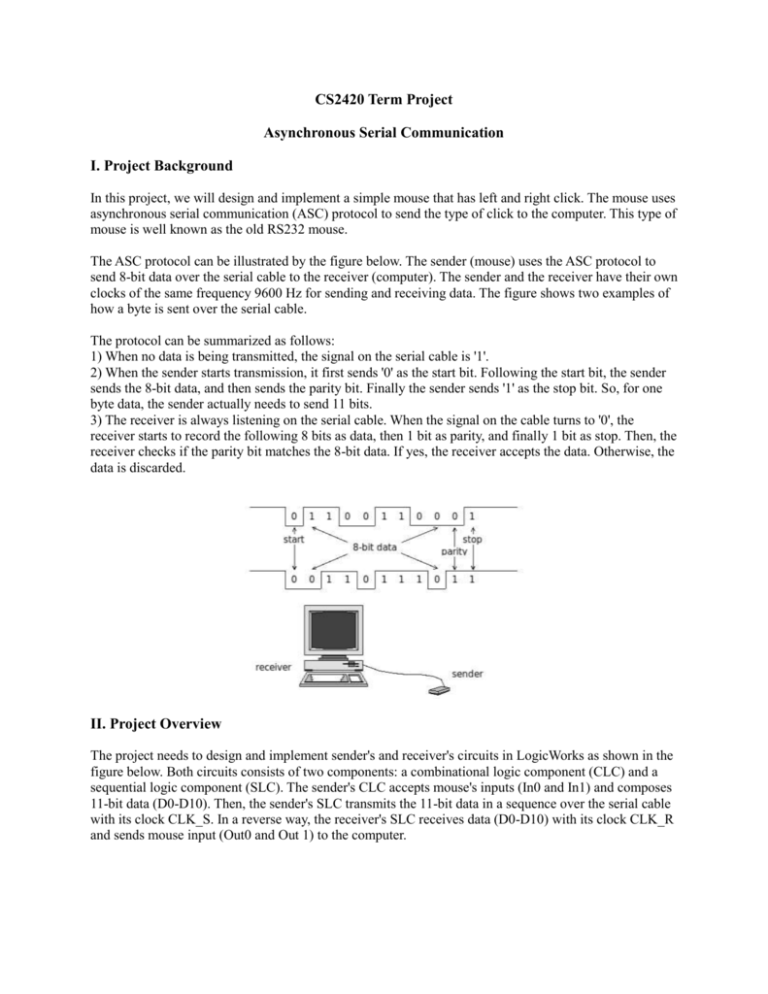

* On JModbus Organization replaces Master-Slave with Client-Server to describe Modbus communications, characterized by communication between client device (s), which initiates communication and makes requests of server device(s), which process requests and return an appropriate response (or error message). Modbus helps access the configuration of the devices and read the measures. In Modbus, the connection is established between a master (host) and slaves (COM-based devices)*.
Serial communication protocol design serial#
Modbus is a serial communications protocol that is widely used by industrial electronic devices. While RS232 devices connect over text (ASCII) protocols, most RS485 devices use Modbus. One of the main features that differs RS485 communication from any other serial communication is the format of data exchanged. However, the risk of possible data loss is higher in such networks. There are some other implementations of RS485 networks where every node can start the data transfer on its own. With that said, this type of communication is not the only possible way to exchange data over RS485 protocol. Depending on the information sent, zero or more nodes on the line respond to the master. All other nodes connected to the master receive the data over RS485 ports. In RS485 communication protocol, the commands are sent by the node which is defined as a master. Therefore, the deterministic behavior is mandatory to avoid collisions of data packets. When RS485 communication line is ready for operation at the physical level, it's time to think about the data transfer protocol - an agreement between the system's devices on the format of the data packets transmission.īy the nature of RS-485 interface, RS-485 devices cannot transmit and receive data at the same time, as it leads to a conflict of transmitters. For instance, a 20-meter cable allows a maximum data rate of 5 Mbits/s. A general guideline, however, is that the product of line length (in meters) and the data rate (in bits per second) should not be more than 108. All this allows sending data over long distances at relatively high speeds, which can reach 100 kbits/s at 4000 feet.Ĥ000 feet or about 1200 meters is the maximum cable length in RS-485 communications. In addition, the twisted pair may be shielded, which ensures the protection of transmitted data. This ensures high resistance to common mode interference. With that, one wire of the pair transmits the original signal and the other one transports its inverse copy.Īs a result of differential signal transmission there is always a potential difference between the wires.

That means one signal is transported over two wires. The basic principle of RS-485 interface is differential (balanced) data transmission. Communication network built on the RS-485 interface consists of transceivers connected by a twisted pair (two twisted wires).


 0 kommentar(er)
0 kommentar(er)
